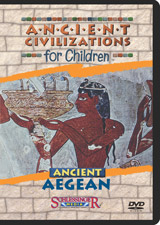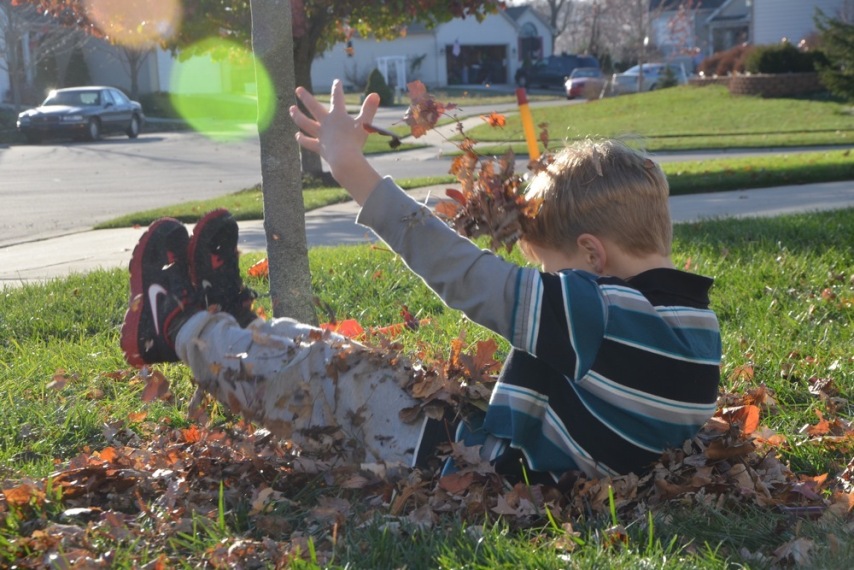The Myceneans (The Early Greeks, SOTW ch. 19)
We are reaching the point in history where sources will be numerous and finding information won't be so hard as narrow the choices down. There is, for instance, an overwhelming number of translations and retellings, with and without illustrations, of the Iliad. Some that narrow in on just one part of the story, others that summarize, still others that make the book accessible while trying to keep the flavor of the original, and of course the original in a vast range of modernizations.
In learning about the Mycenaeans we spent some time talking about how they lived, and definitely quite some time looking at where they lived, but we also spent some time marking their time in history. I thought it important to draw a distinction between the ancient Greece of the Mycenaeans and the Classical Greece of Homer, so we talked here again about finding truth in myth and vice versa. In particular there are some wonderful books and videos (Michael Wood anyone?) that look at mythical or legendary tellings, like the Minotaur and The Trojan War, and link them to evidence of historical events. An excellent exercises.
 Ancient Aegean (DVD, Schlessinger Media, 1998). A comparison look at the cultures of the ancient Minoans and Mycenaeans, and a quest for truth behind myths such as the Minotaur and the Trojan War. We enjoyed this as a short video to reinforce some things we'd already learned. We also watched it a couple of weeks ago when we were looking more closely at the Minoans.
Ancient Aegean (DVD, Schlessinger Media, 1998). A comparison look at the cultures of the ancient Minoans and Mycenaeans, and a quest for truth behind myths such as the Minotaur and the Trojan War. We enjoyed this as a short video to reinforce some things we'd already learned. We also watched it a couple of weeks ago when we were looking more closely at the Minoans.
 In Search of the Trojan War (BBC Video, Michael Wood, 1985). We are big fans of Michael Wood, so much so that we actually broke down and bought this series on DVD, and we were not disappointed. Here he is at his 1980s finest, taking viewers on an historical tour with stops in Germany, Turkey, England, Greece and more, in search of the truth, or fanciful hopes, regarding the Trojan war. Not only an excellent series on the historicity of Homer's Iliad, but also on the history of archaeology itself, and the sites included.
In Search of the Trojan War (BBC Video, Michael Wood, 1985). We are big fans of Michael Wood, so much so that we actually broke down and bought this series on DVD, and we were not disappointed. Here he is at his 1980s finest, taking viewers on an historical tour with stops in Germany, Turkey, England, Greece and more, in search of the truth, or fanciful hopes, regarding the Trojan war. Not only an excellent series on the historicity of Homer's Iliad, but also on the history of archaeology itself, and the sites included.
 Digging for Troy: From Homer to Hisarlik (Jill Rubalcaba and Eric Cline, 2011). Beginning with a nod to the Troy of modern culture, following with a summary of the classical story, then commencing with an historical account of the archaeologists and their excavations of the site over the years. This book provides a lot of information in a very accessible way. It's a wonderful resource not only for the study of Troy, but also archaeology itself, and the concept of a living, changing historical understanding. We really only used the portion of the book on the archaeologists.
Digging for Troy: From Homer to Hisarlik (Jill Rubalcaba and Eric Cline, 2011). Beginning with a nod to the Troy of modern culture, following with a summary of the classical story, then commencing with an historical account of the archaeologists and their excavations of the site over the years. This book provides a lot of information in a very accessible way. It's a wonderful resource not only for the study of Troy, but also archaeology itself, and the concept of a living, changing historical understanding. We really only used the portion of the book on the archaeologists.
 Black Ships Before Troy: The Story of the Iliad (Rosemary Sutcliff, 1993). Sutcliff's re-telling of the Iliad was originally published in serially in the magazine Cricket, before being published after her death with illustrations by Alan Lee. It has since been published in other forms and I believe Lee's illustrated version is out of print, but the book, which is excellently retold, would not be the same without the illustrations. We got it from our library and Calvin absolutely loves it. We also have the Sutcliff/Lee version of the Odyssey on loan (The Wanderings of Odysseus, 1995), and he'll probably read that this week.
Black Ships Before Troy: The Story of the Iliad (Rosemary Sutcliff, 1993). Sutcliff's re-telling of the Iliad was originally published in serially in the magazine Cricket, before being published after her death with illustrations by Alan Lee. It has since been published in other forms and I believe Lee's illustrated version is out of print, but the book, which is excellently retold, would not be the same without the illustrations. We got it from our library and Calvin absolutely loves it. We also have the Sutcliff/Lee version of the Odyssey on loan (The Wanderings of Odysseus, 1995), and he'll probably read that this week.
 Book reviews,
Book reviews,  History | tagged
History | tagged  Story of the World,
Story of the World,  ancient civilizations,
ancient civilizations,  greece
greece 
























